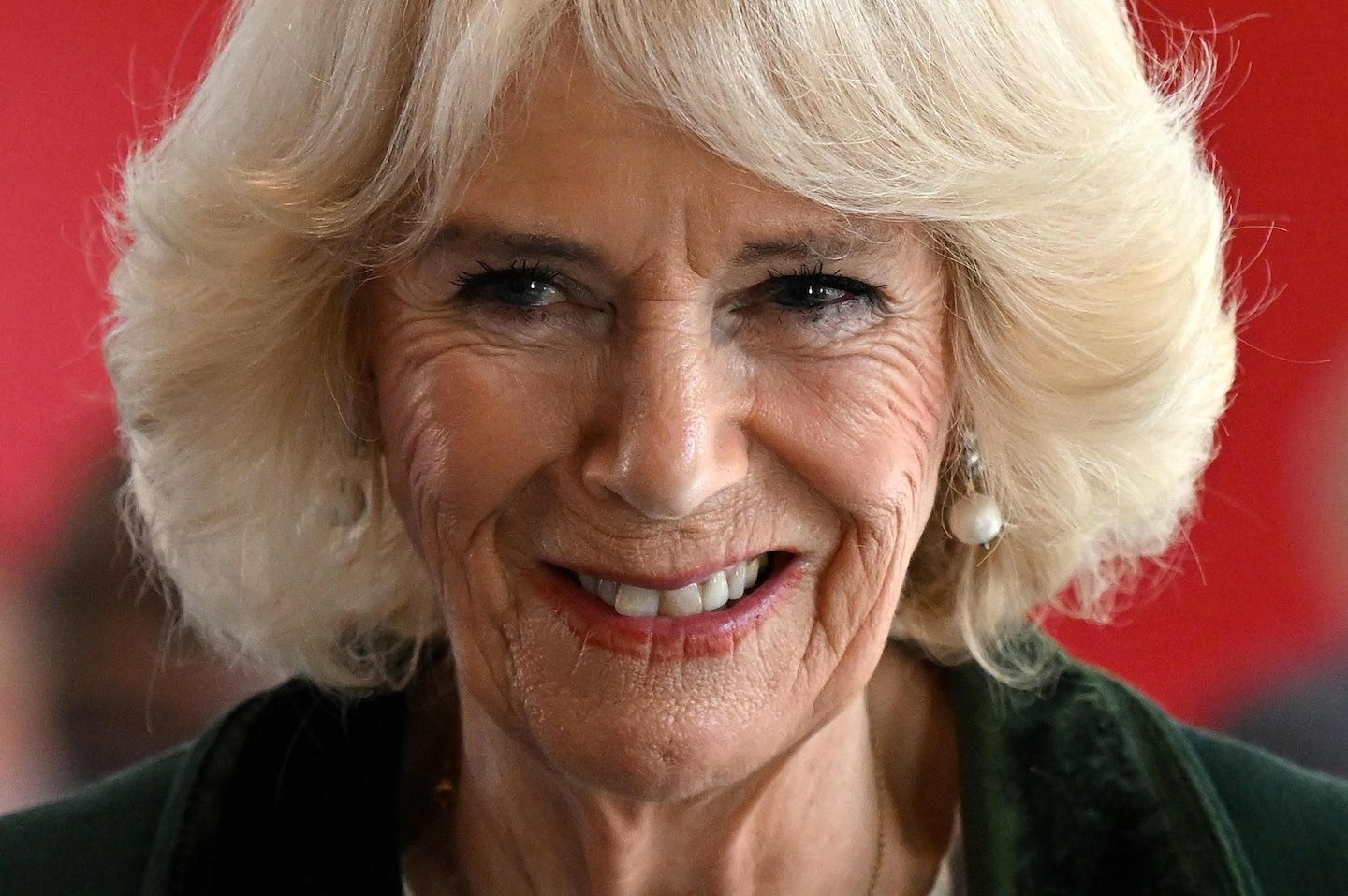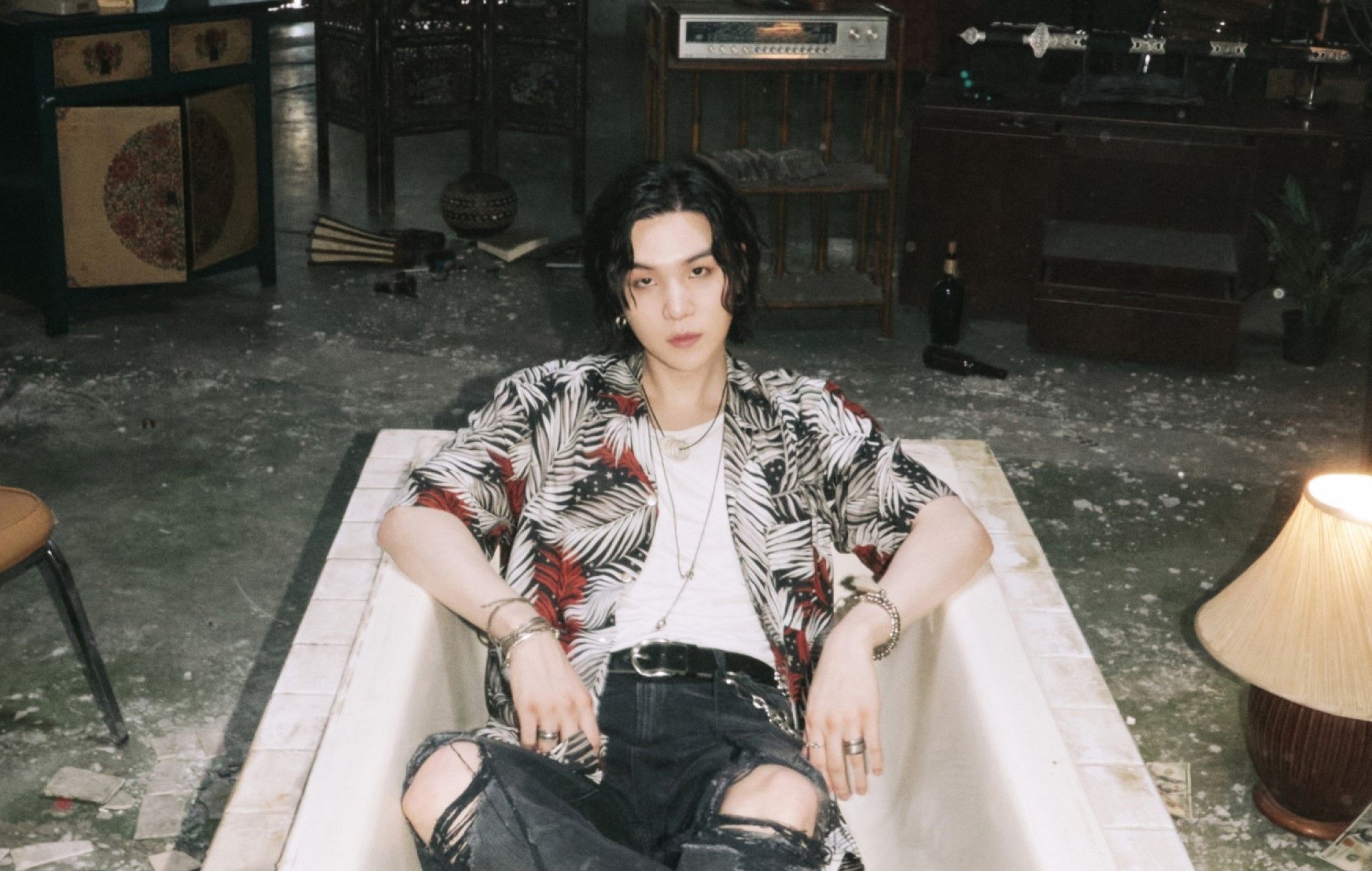Queen Camilla: What to know ahead of the coronation
Listen 7 min Comment on this story Comment Gift Article Share
LONDON — When the coronation takes place on May 6, Britain won’t just be celebrating King Charles III. His wife, Camilla, will be crowned, too, marking the culmination of a dramatic evolution. Here’s what to know about the new queen, who has been a significant — and sometimes controversial — presence in Charles’s life for more than half a century.
Will Camilla be queen when Charles is crowned?
The coronation invitations and the liturgy for the service refer to Queen Camilla. It wasn’t always clear she would take that title.
Ahead of her marriage to Charles in 2005, royal officials said Camilla would be known as “princess consort” and not as “queen consort” when he eventually became king. She also took “Duchess as Cornwall” as her primary title, rather than “Princess of Wales.” This was an unusual arrangement, but it acknowledged public frostiness toward Camilla at the time. She was regarded by many as “the other woman,” having been implicated — fairly or not — in the breakup of Charles’s first marriage, to the immensely popular Princess Diana. Diana’s death in a car crash in 1997 prompted a huge outpouring of grief — and further hardened public feelings toward Camilla.
Advertisement
Last year, however, Queen Elizabeth II said in a statement that when her son Charles became king, she wished Camilla to be “known as Queen Consort as she continues her own loyal service.” The queen’s announcement was seen as a full endorsement.
What’s the difference between queen and queen consort?
For Camilla, dropping “consort” from how people refer to her is symbolic. It does not change her role, nor make her part of the line of succession. But it conveys that no one should question her legitimacy.
“Consort” is the term given to the spouse of a ruling monarch, to distinguish from the British sovereign, who serves as head of state. Consorts do not hold any constitutional powers. Their role is to offer support to the king or queen in their duties.
To make the hierarchy clear, male consorts are not crowned or anointed at their spouse’s coronation, or given a specific title. Elizabeth’s husband, Philip, was Britain’s longest-serving consort. He had to renounce his Danish and Greek royal titles and become a British citizen before he could marry her. Then, with their wedding, he became Duke of Edinburgh. She granted him the title “prince” several years after her coronation.
Advertisement
The consorts of British kings, by contrast, are usually known as queens. In fact, the title “queen” can refer to a number of roles within the royal family, according to the Royal Collection Trust. A reigning queen, such as Queen Elizabeth II, is officially termed “queen regnant.” Widows of British kings are called “dowager queens,” or, if their children accede to the throne, “queen mother.”
What role will Camilla play at the coronation?
Camilla will arrive with Charles at Westminster Abbey and participate in similar rituals during the coronation service. She will be wrapped in ceremonial robes and anointed with holy oil. She will receive a symbolic ring, rod and scepter from the Crown Jewels. And she will be crowned with the headpiece worn by Queen Mary at the 1911 coronation (and notably not the crown showcasing the Koh-i-Noor diamond, which India and others say doesn’t rightfully belong to Britain).
Advertisement
The coronation liturgy doesn’t have Camilla kneeling like Philip did at Elizabeth’s coronation, when he pledged to “become your liege man of life and limb, and of earthly worship.”
When did Camilla and Charles meet?
Camilla Shand first met Charles — then Prince of Wales — in 1971, when they were in their early 20s. They were introduced by a mutual friend, Lucia Santa Cruz, daughter of the Chilean ambassador. Some accounts have described a meet-cute on a polo field, but Santa Cruz told biographer Catherine Mayer that she lived in the same building as Camilla and contrived an encounter there. She said she warned them: “You two, watch your genes” — a reference to Camilla’s great-grandmother Alice Keppel having been a mistress of King Edward VII.
Charles and Camilla became romantically involved. But she wasn’t the ingenue his family had in mind for him. After he left to serve in the Navy, she married Andrew Parker Bowles, an aristocrat who moved in their elite social circle.
Advertisement
They all remained close. Charles was named a godfather to her son, Tom. And when Charles married Diana in 1981, Camilla and her husband attended as guests.
Why was Camilla considered the ‘other woman’?
The affair between Charles and Camilla first made big news in 1992, when a book authorized by Diana claimed that Camilla and Charles frequently spent time together at his Highgrove retreat. The next year, soon after Charles and Diana had separated, a recording of an intimate 1989 telephone conversation between Charles and Camilla made its way to media outlets. The Los Angeles Times reported: “‘Camillagate’ May Keep Charles Off Throne.”
Charles admitted in a 1994 interview to having committed adultery. Diana would later tell an interviewer: “There were three of us in this marriage, so it was a bit crowded.”
Advertisement
When did Camilla marry Charles?
Camilla and Charles were cautious about appearing together in public, especially after Diana’s death. They worked with a public relations consultant to plan an appropriately timed moment to make themselves known as a couple. And in January 1999, they tipped off the media that they would be at her sister’s birthday party at the Ritz.
It was another six years before they were married, more than three decades after they met. Because they were both divorced, they weren’t allowed a church wedding. Instead, they participated in a civil ceremony at a local clerk’s office, followed by a prayer service and blessing at St. George’s Chapel at Windsor Castle.
How does the British public feel about Camilla?
Camilla has made extraordinary efforts to rehabilitate her image. And although there are still many Diana loyalists, public acceptance of — or even support for — Camilla has increased over the years. She has been recognized as someone who is a calming influence on her husband, passionate about her charity work and wickedly funny.
In the latest YouGov poll, slightly under half of respondents in Britain said they held a positive opinion of Camilla. She’s not as popular as Charles, Prince William or Catherine, Princess of Wales. But she has come a long way since a Mori poll taken days after Diana’s death, when just 7 percent of respondents said Camilla should be granted the title of queen if she were married to Charles when he was monarch.
Advertisement
Prince Harry was among those who defended her early on, telling the British press in 2005 that she was “not the wicked stepmother” and had “made our father very happy.”
But in his memoir, “Spare,” Harry was more scathing, accusing her of trying to win public affection at his expense and having “sacrificed me on her personal PR altar.” Palace officials declined to comment on the book. In the latest YouGov poll, 25 percent of people in Britain had a positive opinion of Harry.
What causes does Camilla support?
Camilla is involved with more than 90 charities, according to the royal family’s website, but she is especially focused on supporting survivors of rape and sexual assault.
She has also long been involved with the Royal Osteoporosis Society — a disease that claimed the lives of her mother and grandmother. She has served as the charity’s president since 2001.
Does she have a canine sidekick?
“The nice thing about dogs is you can sit them down, you could have a nice long conversation, you could be cross, you could be sad and they just sit looking at you wagging their tail!”
The Duchess on her love for Beth and Bluebell, the dogs she adopted from @battersea_. 🐶 pic.twitter.com/1VYM4IhWVt — Clarence House (@ClarenceHouse) July 6, 2020
Queen Elizabeth II was rarely seen without her corgis. Camilla also loves dogs, though her breed of choice is Jack Russell terrier. Her dogs, Beth and Bluebell, are both rescues.
Karla Adam and Marisa Bellack contributed to this report.
GiftOutline Gift Article
Source: The Washington Post


